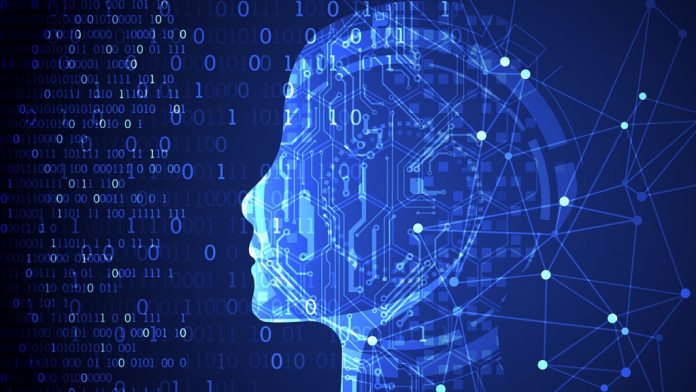Stanford University and Meta's Facebook AI Research (FAIR) lab have unveiled a novel AI system capable of generating synchronized motions between virtual humans and objects directly from text descriptions. The system, known as Controllable Human-Object Interaction Synthesis (CHOIS), leverages state-of-the-art conditional diffusion model techniques, bringing forth seamless and natural interactions exemplified by actions such as lifting a table, walking, and setting it down. The researchers' findings are detailed in a paper available on arXiv.
Understanding the CHOIS System
At the heart of CHOIS lies the conditional diffusion model, an advanced generative model that meticulously produces motion sequences. The AI system takes starting conditions, including human and object positioning, and pairs these with textual task descriptions to generate a progressive series of motions that achieve the instructed objectives.
If instructed to relocate a lamp closer to a couch, for example, CHOIS deciphers the language directive and animates a virtual human picking up the lamp and placing it accordingly. CHOIS's sophistication is highlighted by its incorporation of sparse object waypoints and textual cues, guiding the animation so that object trajectories not only appear physically plausible but also congruent with the overarching linguistic intentions.
This integration is groundbreaking as it seamlessly blends linguistic comprehension with physical simulation. Traditional models have struggled to link language with spatial and vigorous actions over prolonged periods. CHOIS overcomes this by analyzing the intent behind textual descriptions and transforming them into a series of movements that uphold the human and object physics.
Implications and Future Prospects
CHOIS's contributions to computer graphics, especially in animation and virtual reality, are significant. As the AI interprets natural language to render realistic visual interactions, the technology could notably reduce the labor traditionally spent on complex scene animation. In virtual environments, CHOIS can create more immersive and interactive experiences, allowing virtual beings to execute tasks with lifelike precision based on user commands.
The system's advancements also signal transformative potential for AI and robotics. Robots might utilize a system like CHOIS to comprehend and execute tasks in human language, which could revolutionize service robots' capabilities in various sectors. The technology paves the way for AI systems that can interpret language and visual data concurrently, advancing toward a situational understanding previously exclusive to humans.






